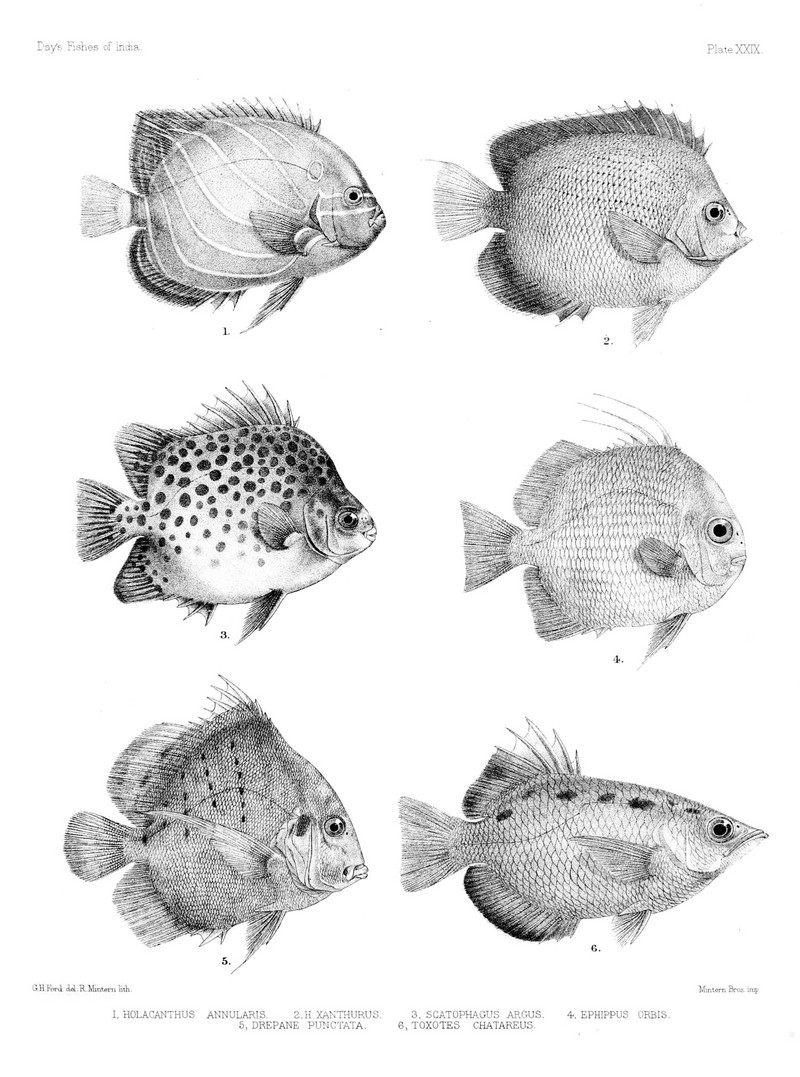|
| Query: Common blue | Result: 640th of 981 | |
bluering angelfish (Pomacanthus annularis), Indian yellowtail angelfish (Apolemichthys xanthurus), spotted scat (Scatophagus argus), orbfish (Ephippus orbis), spotted sicklefish (Drepane punctata), seven-spot archerfish (Toxotes chatareus)
| Subject: | bluering angelfish (Pomacanthus annularis), Indian yellowtail angelfish (Apolemichthys xanthurus), spotted scat (Scatophagus argus), orbfish (Ephippus orbis), spotted sicklefish (Drepane punctata), seven-spot archerfish (Toxotes chatareus)
| | Poster: | Wiki Photos (---@---.---)
| |

| Resolution: 1500x2019
File Size: 577283 Bytes
Upload Date: 2017:02:20 02:17:09
|
ERROR : Server Busy(-1105)
ERROR : Server Busy(-1105)
bluering angelfish (Pomacanthus annularis), Indian yellowtail angelfish (Apolemichthys xanthurus), spotted scat (Scatophagus argus), orbfish (Ephippus orbis), spotted sicklefish (Drepane punctata), seven-spot archerfish (Toxotes chatareus)
Description
English: 1 – Holacanthus annularis (=Pomacanthus annularis), 2 – Holacanthus xanthurus (=Apolemichthys xanthurus), 3 – Scatophagus argus, 4 – Ephippus orbis, 5 – Drepane punctata, 6 – Toxotes chatareus.
Date 1878
Source Day F. The fishes of India; being a natural history of the fishes known to inhabit the seas and fresh waters of India, Burma, and Ceylon. Volume 2. Atlas containing 198 Plates. – London: Bernard Quaritch, 1878. Plate XXIX. Reprint
Author Delineator: George Henry Ford (1809–1876), Litographer:Robert Mintern (1840–1908)
Source: https://commons.wikimedia.org/wiki/File:Fishes_of_India._Atlas._Plate_XXIX.jpg
1. Holacanthus annularis = bluering angelfish (Pomacanthus annularis)
The blue ring angelfish or bluering angelfish (Pomacanthus annularis) is an angelfish of the family Pomacanthidae, found in the Indo-West Pacific oceans from East Africa, throughout Indonesia and New Guinea to New Caledonia, north to southern Japan.
2. Holacanthus xanthurus = Indian yellowtail angelfish (Apolemichthys xanthurus)
The Indian yellowtail angelfish (Apolemichthys xanthurus) is a species of marine angelfish of the family Pomacanthidae. Other common names include cream angelfish, smoke angelfish, or yellowtail black angelfish. Apolemichthys xanthurus can be found in the Western Indian Ocean, in areas such as the Maldives and the east coast of India.
3. Scatophagus argus = spotted scat (Scatophagus argus)
The spotted scat (Scatophagus argus) is a species of fish in the scat family Scatophagidae. It occurs in two basic color morphs which are called green scat and ruby scat or red scat. This fish is generally distributed around the Indo-Pacific region, to Japan, New Guinea, and southeastern Australia.
4. Ephippus orbis = orbfish (Ephippus orbis)
The orbfish or round spadefish (Ephippus orbis) is a species of spadefishes. It is widespread in the tropical Indo-West Pacific from Persian Gulf to Natal, South Africa, eastward to India and Lesser Sunda Island, Indonesia, north to Japan and Taiwan, south to northern Australia.
5. Drepane punctata = spotted sicklefish (Drepane punctata)
The spotted sicklefish or spotted drepane (Drepane punctata) is a fish native to the western Pacific Ocean.
6. Toxotes chatareus = seven-spot archerfish (Toxotes chatareus)
The seven-spot archerfish or largescale archerfish (Toxotes chatareus) is a species of archerfishes. Toxotes chatareus is distributed throughout southeast Asia and the Indo-Pacific and Australia. |
^o^
Animal Pictures Archive for smart phones
^o^
|
|